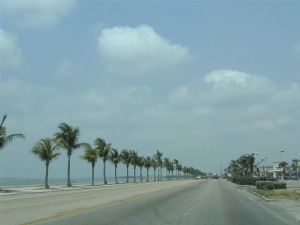“We can only liberate our rivers and our seeds and our food, and our educational systems, and redefine and deepen our democracy, by first liberating our minds and decolonizing our minds.” — Vandana Shiva
— apocalypse: a disclosure of something hidden from the majority in an era dominated by falsehood and misconception; the lifting of the veil.
— control mythology: the web of stories, symbols and ideas which define the dominant culture’s sense of normal (including limiting our imagination of social change) and make people think the system is unchangeable.
Bicycling in the United States suffers from a failure of imagination.
Failures of imagination usually grow out of a sense that the current situation is unchangeable. Cultures often create such a sense of inevitability inadvertently, but in some cases it’s due to an intentional effort by some to maintain the status quo. Usually there is a control mythology maintaining that sense of certainty.
The Bicyclist Control Mythology can be described thusly:
A significant number of motorists either will not tolerate sharing roadways, or are so incompetent as to be unable to see and avoid hitting bicyclists who are plainly in front of them in the lane. This control mythology is promoted not to keep bicyclists safe, but to support the belief that bicyclists sharing roadways cause significant delay to motorists. Underpinning that conviction is the belief that bicyclists are second-class road users. This control mythology presumes that motorists need to be changed in order for bicyclists to be safe, but cannot be changed. Since the motorist cannot be changed, bicyclists must be moved out of the way for their own safety.




